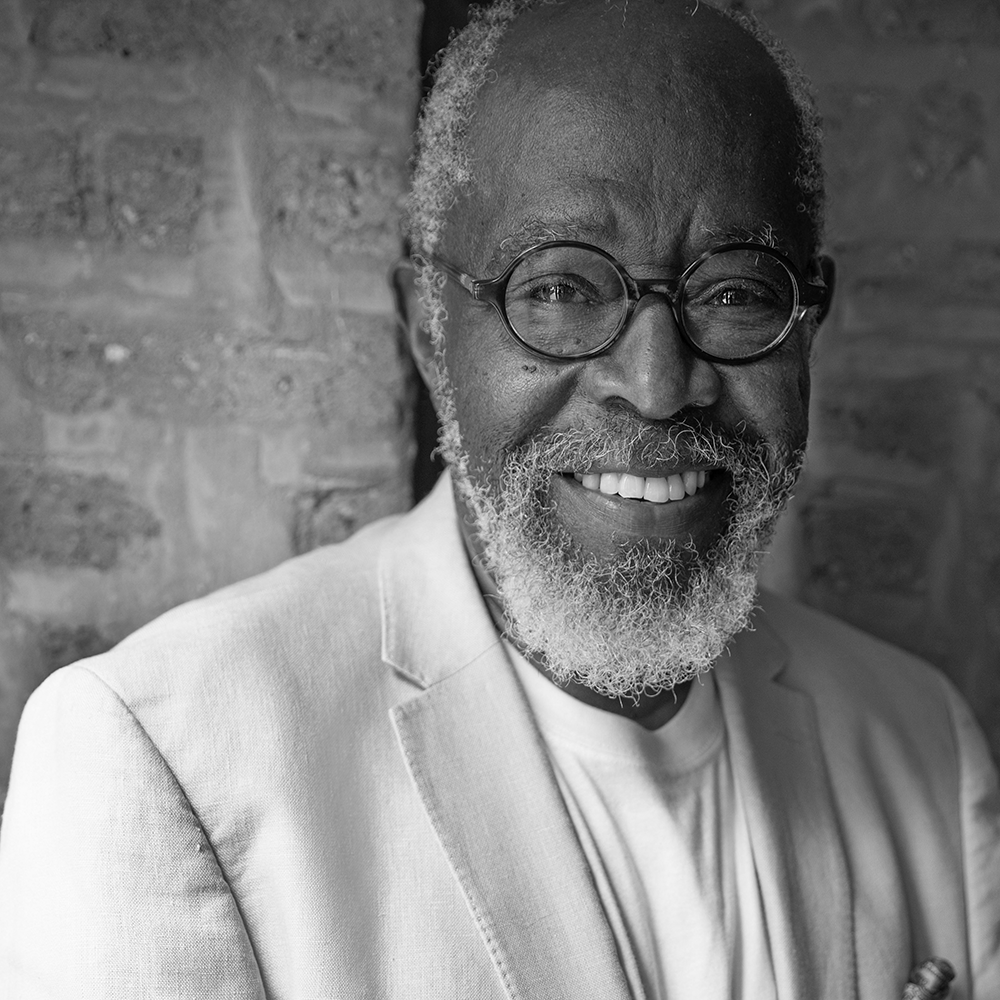The Neighbor’s Street Sirens Sing
(for Uvalde, et al.)
in the neighbors’ churches the culture has
a strict cante ostinado of mass
shootings untimed to get over kind
of repetitive grief as beat vamp line
of strung out hearses down a street down
a got it run up in which being wound
into and around this getting even
going on revenges over to death its keen.
the culture always has it in the neighbors’—
not ours— itself a kind of hood that labors
not to any good understanding klan—
observance understood as separation plan
of identity rather than facing
your own is my own not mine to own this.
grieving. of which no dishing out can exist
when it is only one pool to be traced in.
not just one in the calibration
but them all capable any one
of them— full emotion all who’re there
have as the pool grief has brought here.
it is the water’s looking ink over itself
in hand writing the called of its face from the cliff
it is of the land. its water of tears its culture
from here such thing as next neighbor is a future.
when we say what goes ‘round comes around—
this is it— the autochthonous future
found in the strung out hearse down we have down.
rehearsed to continuity. the faced sure
as shit or called as face it all comes down to—
grief. the body
develops in continuity after a while
the jar the hit the disturbances line up
their toppling losses dissipated in as if
in the lilting distraction of the next
ongoing they develop a rocking sway
the lilting sails on the rolling triplet of swells
in an ocean of music— and a grand horizon
spills a windy vibration-less melody
of counterpoint human instrument longs out
its yearning persistence of survival the grand
balance of the dances on the tossing decks
the elegant up and down the dress designed
to drape the thrown shape a hand around the breaking
hip the hit into that somnambulant silence after song.
of death. that all time most popular going on
going on with it until something comes of it
its cante ostinado vamp of the one string hashished-
out caravan driver singing to—
god itself of— empty horizon.
Copyright © 2022 by Ed Roberson. Originally published in Poem-a-Day on July 5, 2022, by the Academy of American Poets.
“I had long been thinking about cante ostinado, its importance in jazz and Latin music going back to African forms. It’s characterized by the tension between a repeated stasis and an ongoing step, which results in a rocking lilt forward, then held back. There is a life in that interstice of hold back and escape forward that I feel is my blood music, especially in the odd signatures like 5/8. I hear a gasping survival in those rhythms, in that strutting, traveling vamp. When I heard about these newest mass murders, I immediately asked, how do we live through such massacres and still continue as a living culture? We try to remove ourselves by creating a next door. There is no next. It is here, it is now, and everyone in this now knows the full range of its emotion. The utterance of the poem at the time of its writing created the form: the couplets that continue into octaves that don’t stop, and the crazy end rhymes all set down a continuum and, ultimately, a living force dancing on down rocksteady, even to nothing.”
—Ed Roberson

